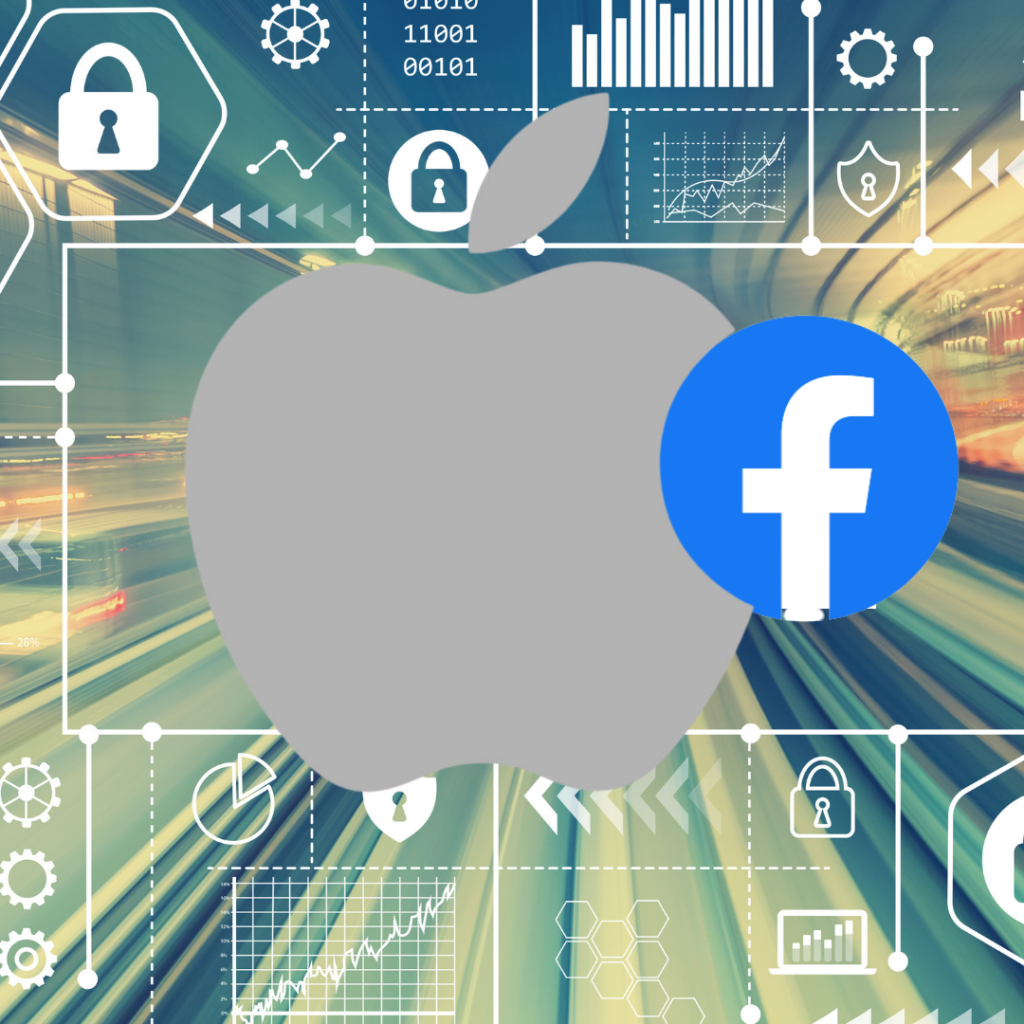
You’ve probably already ran iOS Update 14 on your phone, or at least skipped it for a few nights. When you do get around to updating your Apple device, you might just be taking money out of Mark Zuckerberg’s pocket.
The keyphrase for Apple in the past several months has been privacy. Their most recent ad campaign and their most recent software update are largely built around the idea that Apple products allow users to have greater control over their data than ever before. Data privacy was a major concern before the world turned its attention to a pandemic and a presidential campaign, but industry insiders have kept a tab on these developments for months. Things really began to heat up in summer, when Apple CEO Tim Cook unveiled the key features of the update, which wouldn’t be released for several months.
The announcement itself focused on changes meant to protect Apple users’ privacy, including a new light that would show when apps were using a phone or iPad’s camera, as well as a new option to limit an app’s access to a user’s photo library. One of the features that didn’t make the keynote presentation dealt with what data new apps would have access to and it’s this feature that has Facebook and Google seething.
That’s because iOS has changed the way apps share data with advertisers. This is how it works. Every iPhone has a unique identifying number or key called an IDFA. This IDFA is attached to all your activity, including what you browse, follow, and search for on apps like Facebook and Instagram. Advertises can use your IDFA to serve you personalized ads based on your interest; if you’re always watching dinosaur videos, then they’ll find out using that IDFA and, voila, you’ll see more dinosaur ads in your Newsfeed and Messenger.
The big shift here is that Apple is introducing a number of steps that make sharing IDFA and other data opt-in; users will be able to decide on an app-by-app basis how their data is shared, if they want it shared at all. In effect, if apps want to track your habits, you have to actively give them that permission, rather than jumping through hoops to opt-out.
It’s easy to see how giving people the option to keep their information private is attractive for consumers and potentially challenging for marketers. Apple users make up a big slice of the US market. There are approximately 100 million iPhone users in the US, which accounts for 45% of the smartphone market. That means nearly half of the smartphones users in the country may not be contributing to the pool of audiences that marketers sift through when creating targeted ads.
The information marketers can report on will change, too. Some ecommerce metrics are associated with user data, which means metrics like conversions, website visits, and some other information may not be visible for all users. As a result, we can expect to see many ROAS decrease overall in reports, even if they remain the same or increase in practice.
Facebook is working to provide tools that will account for these privacy changes. While some details are still vague, they’re rolling out a feature called Aggregate Events Measurement that will attempt to fill in the blanks left by Apple’s changes. It’s a workaround with some obvious drawbacks, including the limitation of measuring only eight conversion events per domain.
The changes will create some big challenges in how agencies report and measure campaigns to clients, but it will also affect some of the most basic aspects of digital marketing. Without being able to track who visits a website, remarketing efforts will be ineffective. Ad optimization will still be possible, but with much less data to work with, early efforts may be less efficient than normal.
Still, if we’ve learned anything over the past decade, it’s that tech always finds a way. Facebook and Google have had over six months to plan for these changes, and when all iPhone users are switched to iOS 14 by March, these platforms will have a playbook for watching and learning. Don’t be surprised to see some creative solutions to access and invite Apple users to opt-in, or find new ways to use data they collect anonymously to tag certain users or make educated guesses.
To prepare, we’re working with clients to verify their domain to meet new iOS standards. You can take a crack at it yourself, or contact us for help. You’ll also need to update your Facebook API for your eCommerce site. Now called CAPI, this will help your site make the most of Facebook’s upcoming changes and improve your data. Get on it quick, because it can take as long as two weeks to switch over. Here’s a how-to.

